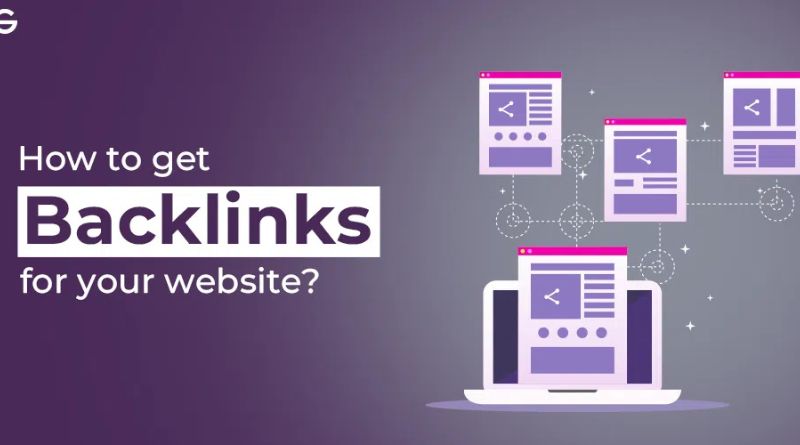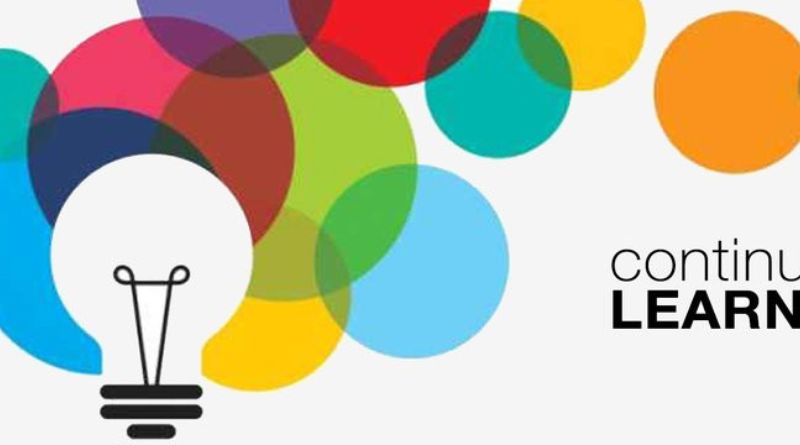Key Takeaways
- Strategic IT services enhance government efficiency, transparency, and security.
- Technological advancements like AI and cloud computing are pivotal for digital transformation.
- Successful IT implementation requires overcoming budget constraints and resistance to change.
The Role of IT Services in Modern Governance
During the age of digital transformation, government entities striving for efficiency and transparency find integrating IT services essential. These institutions can enhance service delivery and regulatory compliance by weaving IT into their core operations. This strategic approach involves collaborating with experienced IT service providers like Arctic IT, which specializes in tailoring robust IT solutions that fortify governmental capabilities. Governments can advance their digital maturity through such partnerships while maintaining data security and operational integrity.
Table of Contents
Benefits of Digital Transformation in the Public Sector
Digital transformation can completely change the way government services are provided. One of the primary advantages is enhanced productivity. Automating repetitive administrative tasks reduces manual processing times, allowing human resources to focus on addressing complex issues and formulating policies. Furthermore, digital solutions enhance transparency, allowing citizens better access to legislative data and activities through user-friendly online platforms. Another critical benefit is strengthened security; with cyber threats rising, implementing sophisticated cybersecurity protocols is crucial for protecting sensitive government and citizen data.
Challenges Facing Government IT Implementation
Implementing IT solutions in a governmental context poses unique challenges. Budget constraints often limit the scale and speed of IT projects, while strict regulatory requirements can add complexity to deployment efforts. Additionally, there’s an inherent resistance to change within organizations, as staff may be wary of new technologies disrupting established workflows. This psychological barrier can often be the hardest to overcome, necessitating thoughtful change management strategies emphasizing training and communication.
Key Technologies Driving Change
Emerging technologies are underpinning the evolution of government IT services. Cloud computing offers scalable and flexible infrastructure solutions, enabling seamless collaboration and data accessibility across various departments without significant capital investment. Meanwhile, artificial intelligence provides governments powerful tools to automate decision-making and optimize resource management. AI-driven analytics can uncover insights from disparate datasets, guiding policy decisions with data-backed evidence. Additionally, data analytics helps understand population needs and trends, enabling governments to tailor their services more effectively.
Case Study: Successful IT Integration
An instructive example of successful IT integration can be observed in a state government that adopted a comprehensive cloud-based infrastructure to streamline citizen services. Transitioning from traditional systems to the cloud-enabled cloud-enabled swift and efficient processing of citizen requests significantly reduces waiting times. This transformation demonstrates the potential benefits of deploying strategic IT solutions within the public sector with careful planning and execution.
Looking Ahead: The Future of Government IT Services
As the technology landscape continues to evolve, its applications in governance are set to expand dramatically. The future of government IT services will likely see the proliferation of mobile-first initiatives to provide citizens convenient access to services via their smartphones. Moreover, there’s a trend towards personalizing citizen-government interactions facilitated by data-driven insights into individual needs and preferences. To stay ahead, governments must adopt a mindset of continuous learning and adaptation, embracing innovative tech solutions while safeguarding the public trust.
Effective Strategies for Government Digital Transformation
- Stakeholder Engagement: Involving all relevant parties, including government officials, IT professionals, and citizens, in planning and implementation ensures diverse viewpoints and needs are addressed. This collective approach leads to more sustainable and effective digital strategies.
- Continuous Training: As new technologies emerge, ongoing training and skill development are essential to ensure government staff use these tools effectively. This preparedness minimizes disruptions and maximizes the benefits of latest IT systems.
- Focus on Security: Given the sensitive nature of governmental data, it’s imperative to implement rigorous cybersecurity measures. Doing so protects against data breaches and fosters public confidence in government digital initiatives.
Global Perspectives on Government IT Initiatives
Various countries worldwide are pioneering IT initiatives to improve public service delivery. Estonia, for instance, has forged a reputation as a leader in e-government solutions, with expansive digital systems that offer citizens seamless access to services. These innovative approaches showcase the power of digital solutions in transforming government operations. By studying such global examples, other nations can glean insights and best practices to fuel their digital transformations, fostering an international atmosphere of technological and administrative innovation.















Leave a Reply